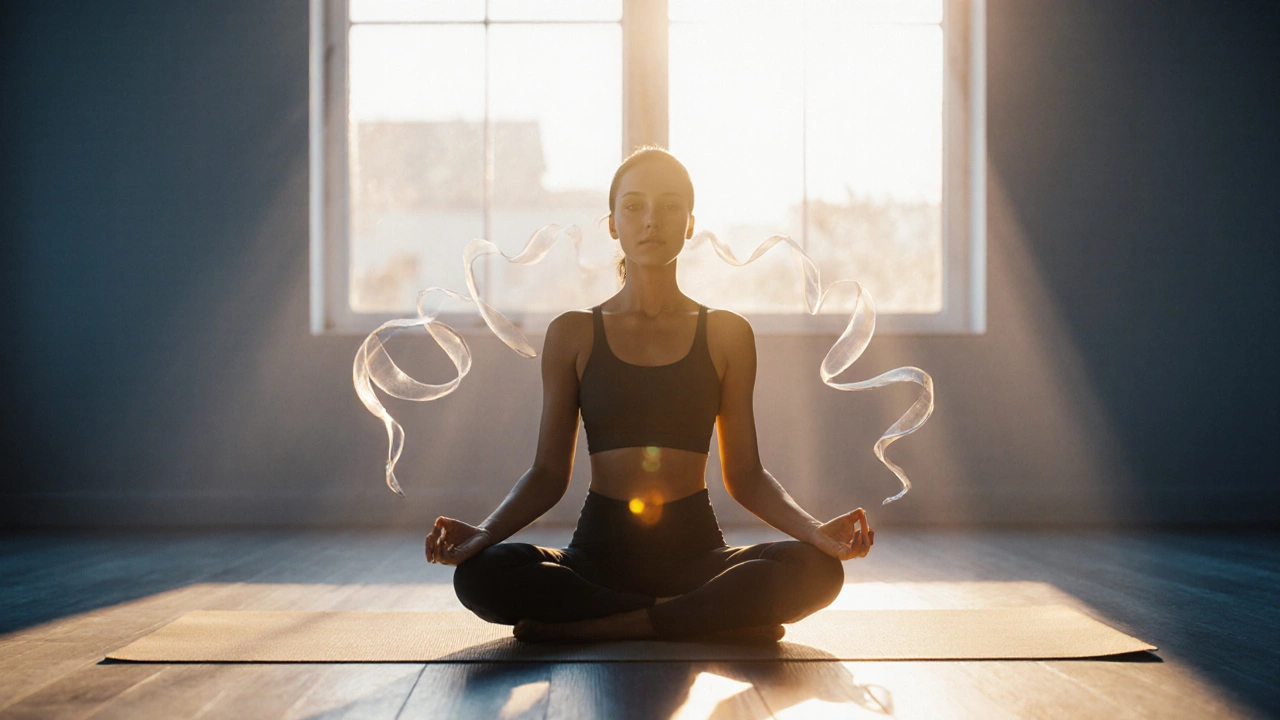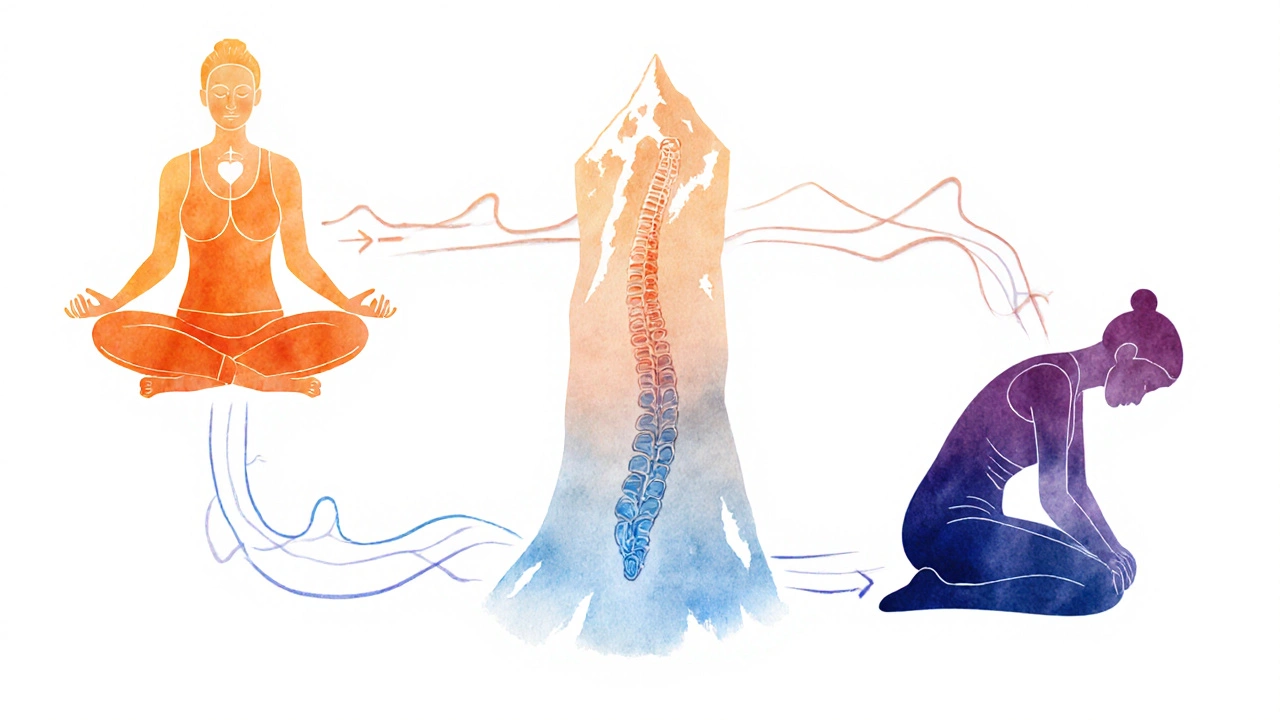
When people ask “what’s the golden rule in yoga”, they’re looking for the single principle that keeps every practice safe, purposeful, and enjoyable.
The rule can be summed up in three words: stay present, breathe fully, respect limits. It isn’t a fancy philosophy-just a practical reminder that appears in the ancient Yoga Sutras of Patanjali. When you honor it, each pose (Asana) becomes a safe exploration rather than a race to the next shape.
Skipping the rule often leads to two common problems: over‑stretching and mind‑wandering. Over‑stretching hurts ligaments, while a wandering mind turns a focused session into a cardio workout that burns energy without the intended benefits. By anchoring the practice in breath and awareness, you let muscles work within their natural range, which fuels steady progress.


| Do | Don't |
|---|---|
| Synchronize every movement with breath. | Hold your breath to “stay longer” in a pose. |
| Check joint alignment before deepening. | Assume a shape looks correct without feeling it. |
| Notice sensations and stay mentally present. | Let thoughts drift to the day’s to‑do list. |
| Respect physical limits; modify when needed. | Push past pain to achieve a “perfect” line. |
Understanding the rule gets easier when you see how it fits into broader Yoga philosophy. Asana practice is the physical expression; Pranayama provides the life‑force; Alignment protects the body; Mindfulness steadies the mind; and styles like Hatha or Vinyasa give different pacing but all rely on the same rule. When you read the Yoga Sutras, you’ll notice repeated references to “steady mind” and “steady breath”-the ancient echo of today’s golden rule.
It is the practice of staying present, breathing fully, and honoring your body’s limits in every pose. The three‑part reminder keeps the practice safe and effective.
Breath creates a rhythmic cue that lets you notice when a joint is closing too much. By exhaling as you fold, you naturally soften the stretch and maintain proper alignment.
Absolutely. Even in rapid sequences, each transition should be tied to an inhale or exhale, and you pause briefly to check alignment before moving forward.
Pain signals that a limit has been reached. Back off, modify, or use props. Respecting limits is a core part of the golden rule and prevents injuries.
The underlying principle stays the same. Whether you practice gentle Hatha or dynamic Ashtanga, staying present, breathing fully, and honoring limits guides every movement.